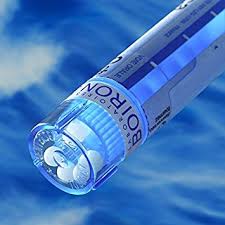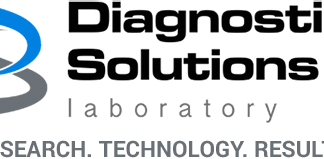Description
GI MAP + Zonulin – Home Test Kit (Diagnostic Solutions)
Note: This is a home collection test kit that will be mailed to you.
Fasting Required: No
Lab: Diagnostic Solutions
Specimen: Stool
Results: Average processing time 7-10 business days
Description: The GI-MAP stool test utilizes cutting edge, Quantitative PCR technology to provide a true DNA/PCR based stool test. This technology has high sensitivity, specificity and a rapid turnaround. The GI pathogens include bacteria, parasites and viruses.
Continuing with this platform, the GI-MAP measures opportunistic organisms, normal flora, fungi, parasites and antibiotic resistance genes. And the Plus refers to immunologic markers for GI health and function including SIgA, Elastase, Calprotectin and Anti-gliadin testing.
The GI-MAP can be used in the detection and identification of gastrointestinal microbial nucleic acids and has been clinically validated for the detection of gastrointestinal pathogens that cause infectious colitis or gastroenteritis. It measures a substantial list of opportunistic pathogens as well as a list of FDA-cleared pathogens, including novel targets such as viruses, Microsporidia, and pathogenic virulence factors.
Zonulin is a protein secreted by intestinal cells that regulates intercellular tight junctions which are the connections between epithelial cells that make up the gastrointestinal lining. Zonulin increases intestinal permeability in the jejunum and ileum and is considered a bio-marker for barrier permeability. Tight junctions can be opened or closed, depending on the physiological need. Zonulin’s role is to open tight junctions in the gut. In the case of enteric infections, high zonulin can “open the floodgates” and flush out bacteria and toxins. Certain gut bacteria and gliadin (the main staple protein from wheat) can activate the zonulin system.
Includes:
Bacterial Pathogens
- Campylobacter
- C. difficile, Toxin A
- C. difficile, Toxin B
- Enterohemorrhagic E. coli
- E. coli O 157
- Enteroinvasive E. coli/Shigella
- Enterotoxigenic E. coli LT/ST
- Shiga-like Toxin E. coli stx1
- Shiga-like Toxin E. coli stx2
- Salmonella
- Vibrio cholerae
- Yersinia enterococlitica
Parasitic Pathogens
- Cryptosporidium
- Entamoeba histolytica
- Giardia
Viral Pathogens
- Adenovirus 40/41
- Norovirus GI/II
H. pylori with virulence factors Normal Bacterial Flora
- Bacteroides fragilis
- Bifidobacterium spp.
- Enterococcus spp.
- Lactobacillus spp.
- Clostridium spp.
- Enterobacter spp.
- Bacteroidetes
- Firmicutes
- Firmicutes: Bacteroidetes Ratio
Opportunistic Bacteria
- Bacillus spp.
- Enterococcus faecalis
- Enterococcus faecium
- Morganella spp.
- Pseudomonas spp.
- Pseudomonas aeruginosa
- Staphylococcous spp.
- Staphylococcous aureus
- Streptococcus spp.
- Citrobacter spp.
- Citrobacter freundii
- Klelbsiella spp.
- Klebsiella pneumoniae
- Mycobacterium tuberculosis (avium)
- Prevotella copri
- Proteus spp.
- Proteus mirabilis
Fungi/Yeast
- Candida spp.
- Candida albicans
- Geotrichum spp.
- Microsporidium spp.
- Rodotorula spp.
Viruses
- Cytomegalovirus
- Epstein Barr Virus
Parasitic Protozoa
- Blastocystis hominis
- Chilomastix mesnelli
- Cyclospora spp.
- Dientamoeba fragilis
- Endolimax nana
- Entamoeba coli
- Pentatrichomonas hominis
Parasitic Worms
- Ancylostoma dueodenale
- Ascaris lumbricoides
- Necator americanus
- Trichuris trichiura
- Taenia spp.
Intestinal Health/Digestion
- Elastase-1
- Steatocrit
- Zonulin
GI Markers
- b-Glucuronidase
- Fecal Occult Blood
Immune Response
- Secretory IgA
- Anti-Gliadin IgA
Inflammation
- Calprotectin
Parasites





